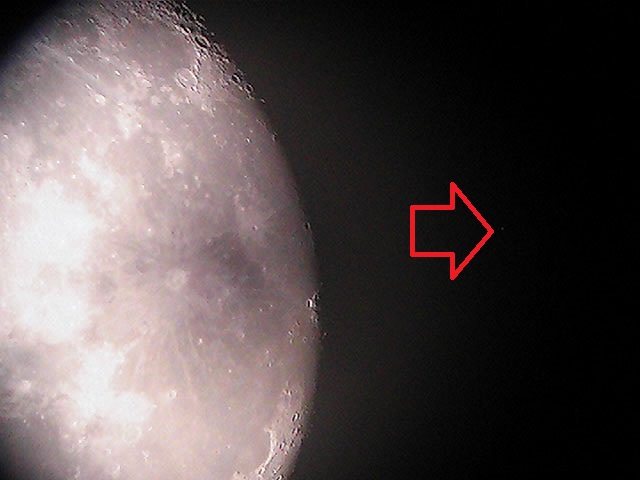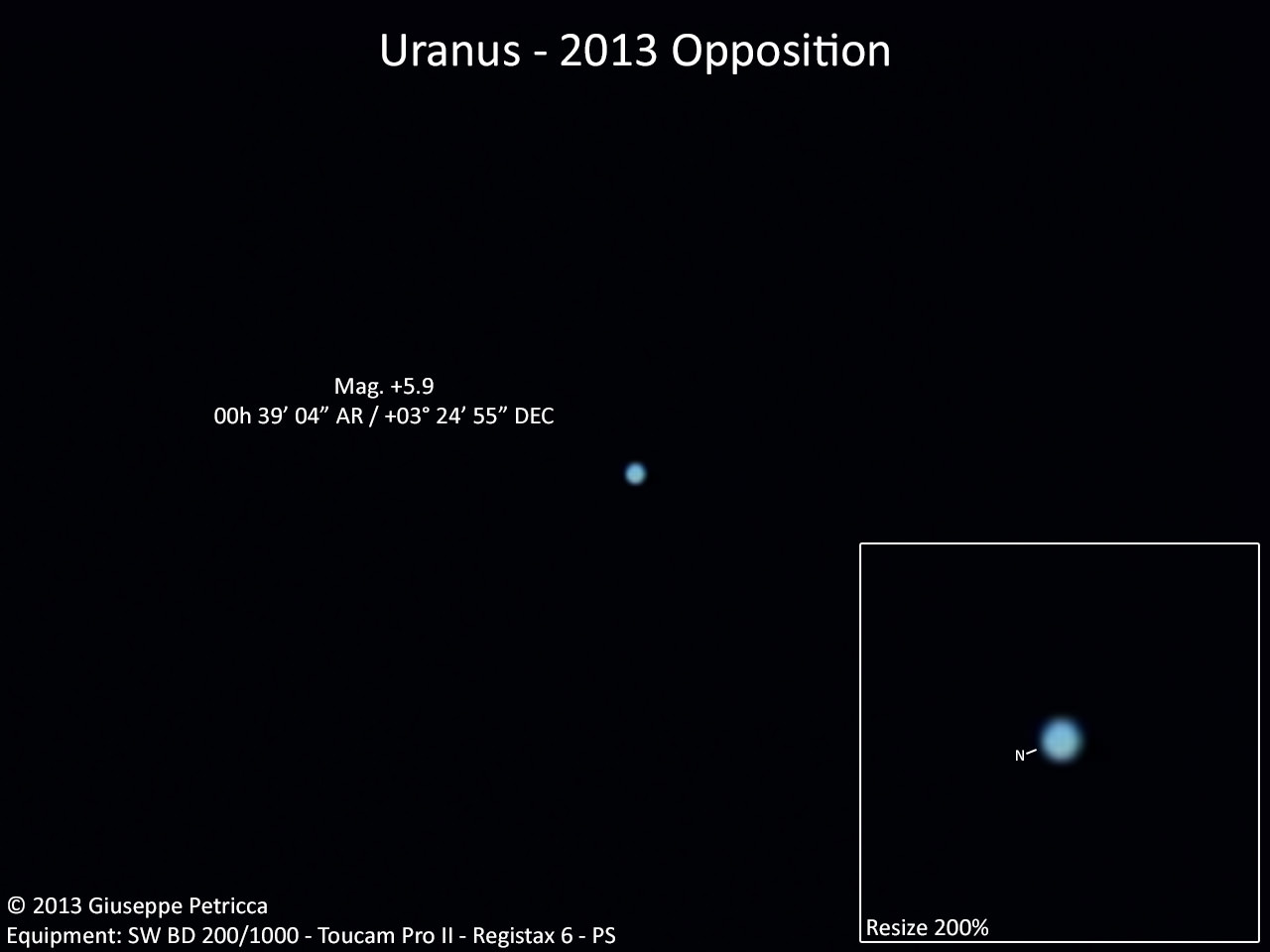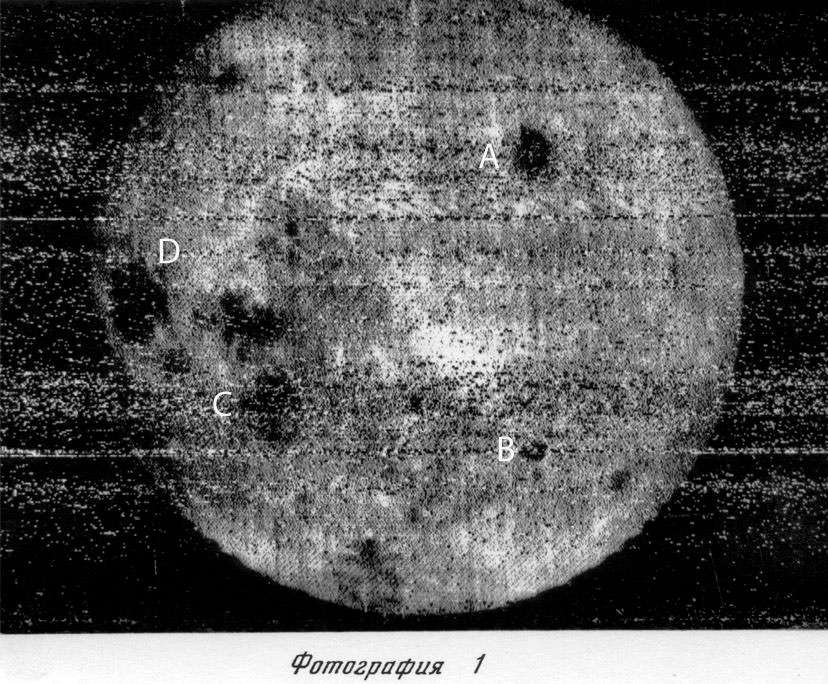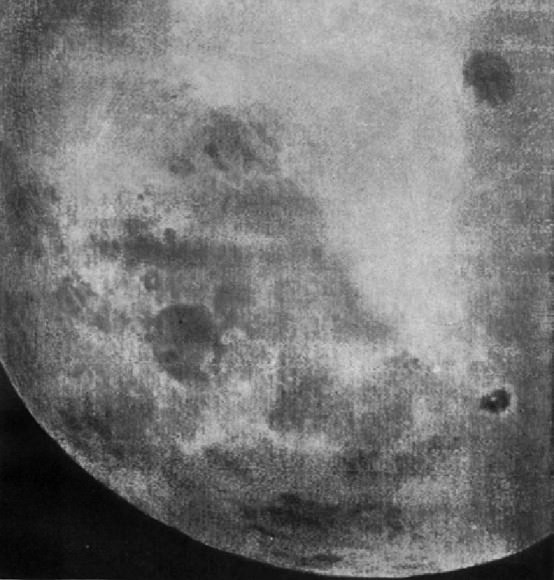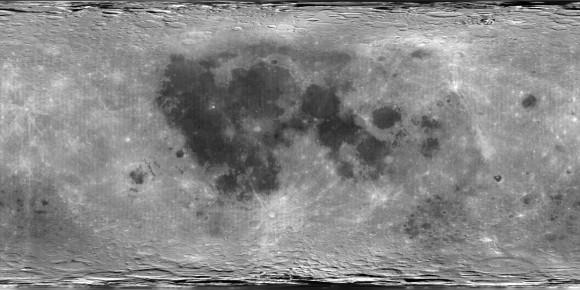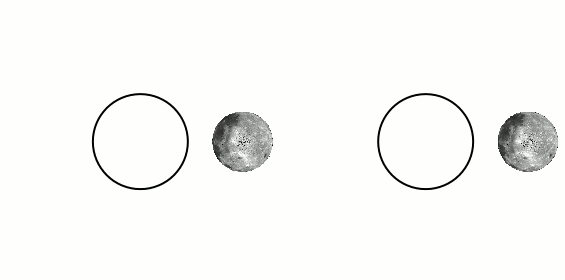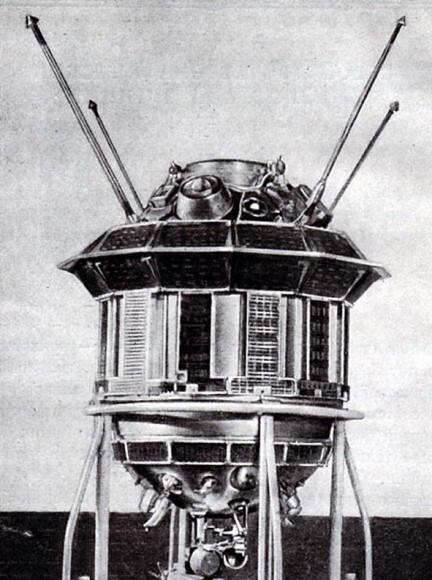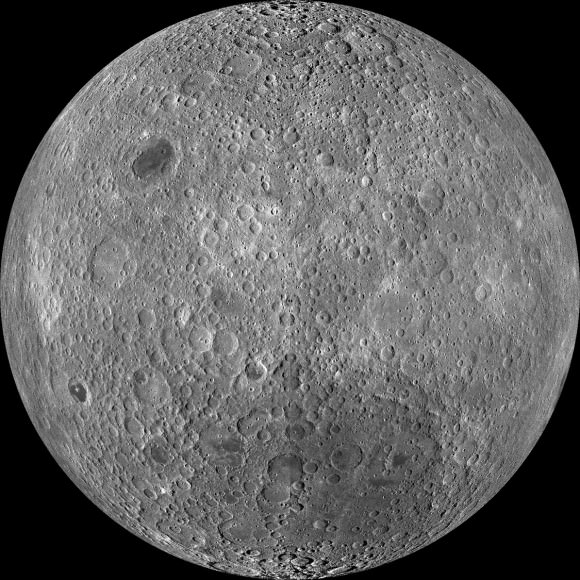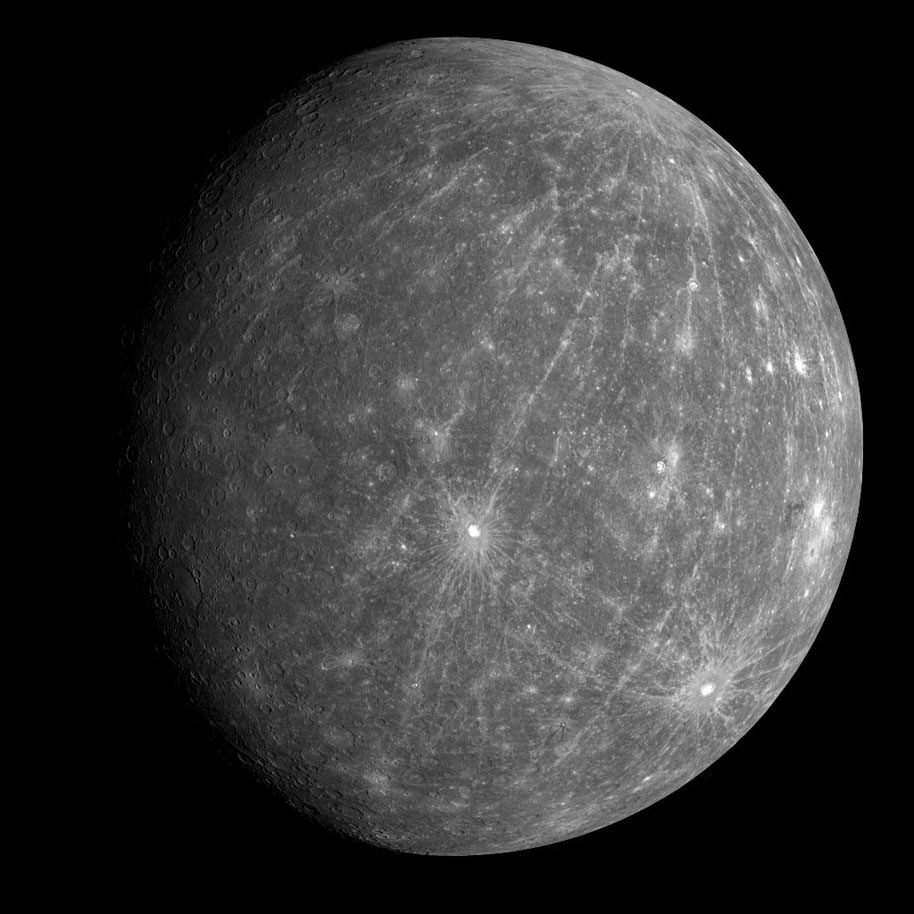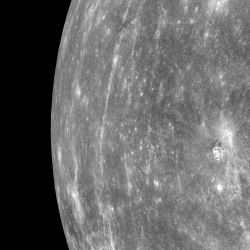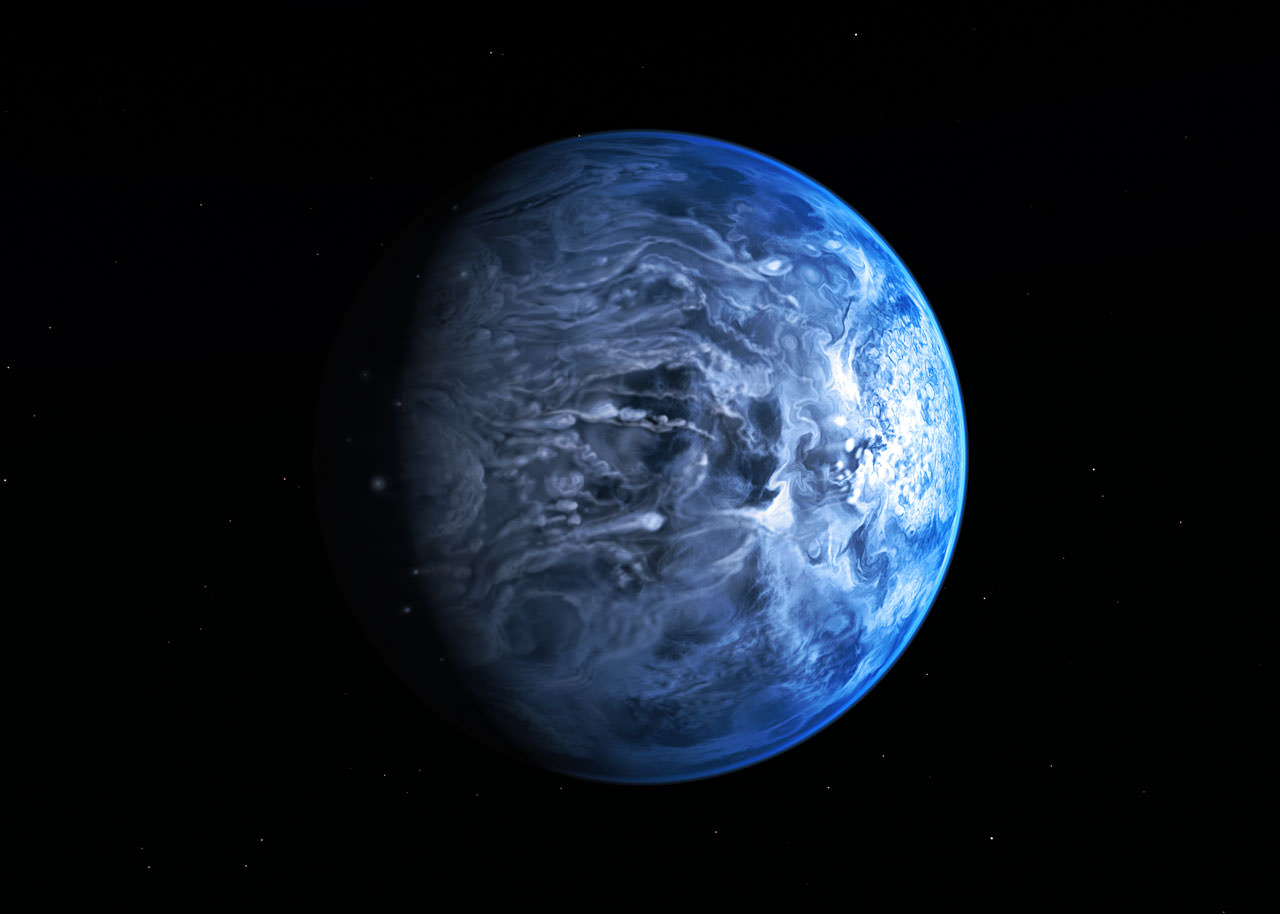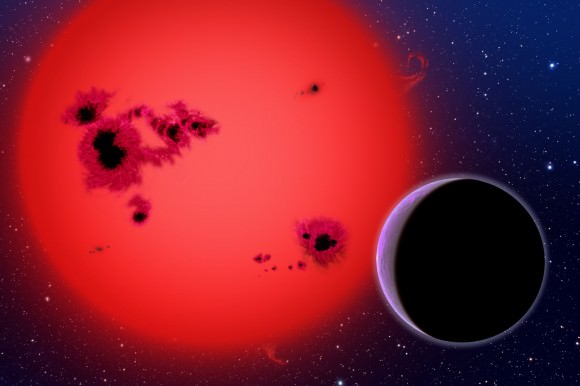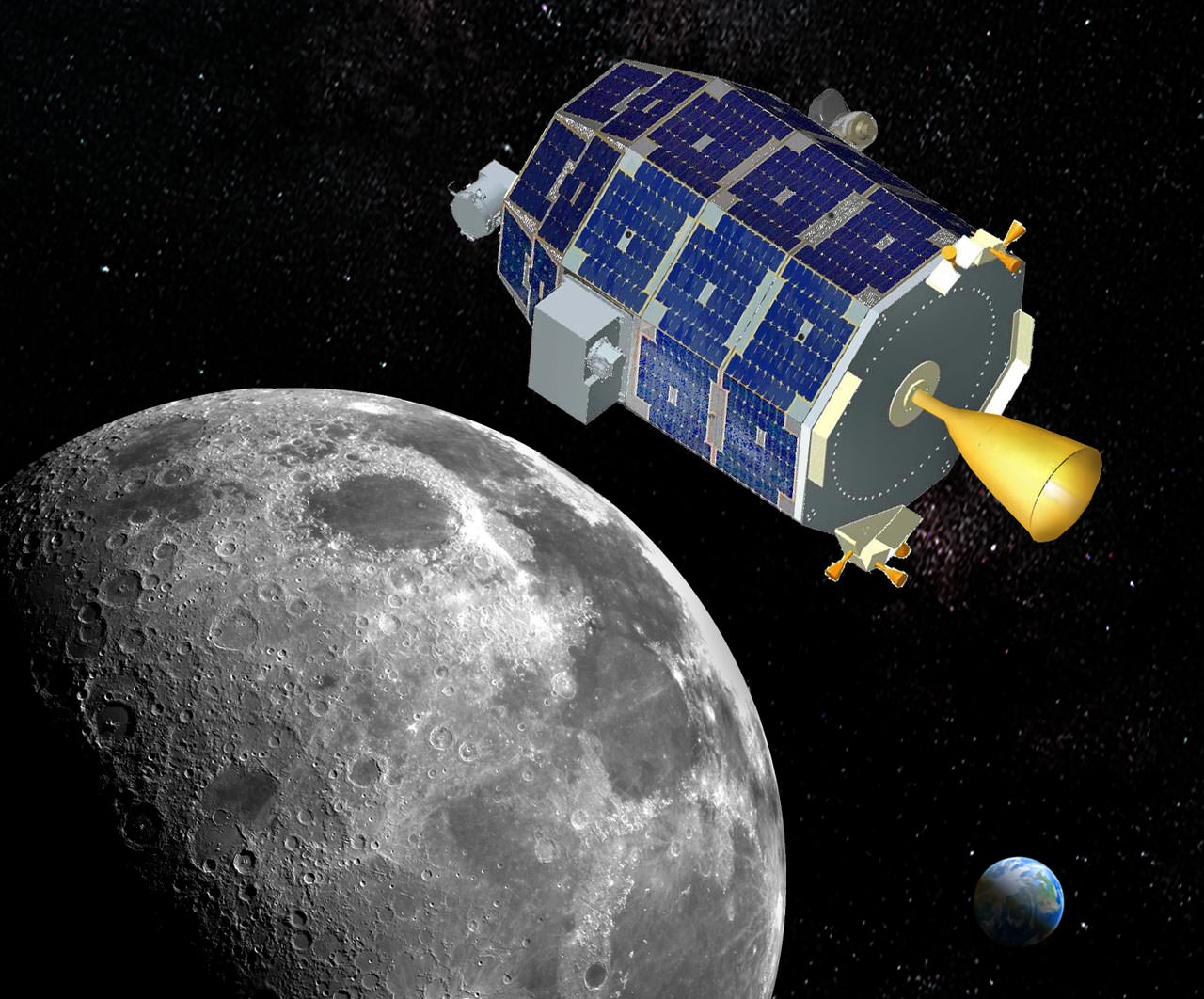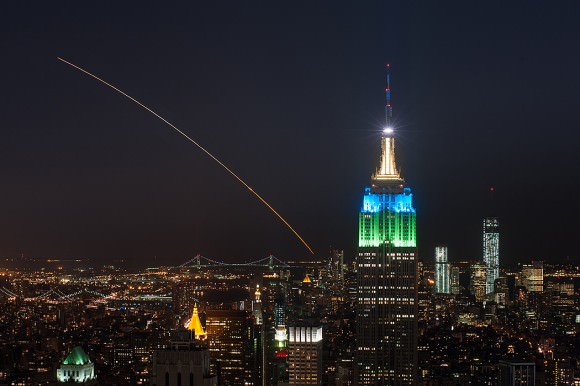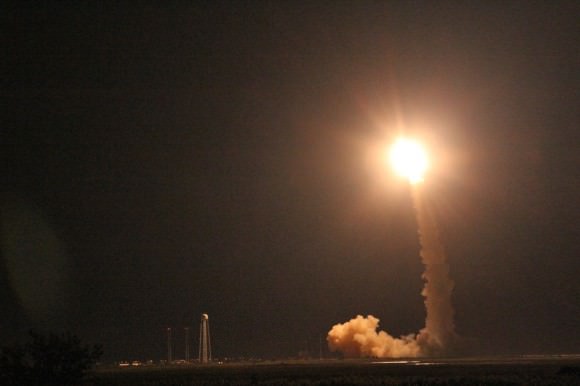Heads up, North American residents: our Moon is about to blot out two naked eye stars on Friday and Saturday night.
Such an event is known as an occultation, an astronomical term that has its hoary roots in astronomy’s pseudoscience ancestor of astrology. An occultation is simply when one astronomical body passes in front of another from our line of sight. There’s nothing quite like watching a star disappear on the dark limb of the Moon. In a universe where events often transpire over periods of time longer than a human life span, occultations are abrupt affairs to witness.
Close double stars have also been teased out of occultation data, winking out in a quick, step-wise fashion. If an occultation such as the two this weekend occurs while the Moon is waxing towards Full, we get the added advantage of watching the action on the leading dark limb of the Moon during convenient early evening hours.
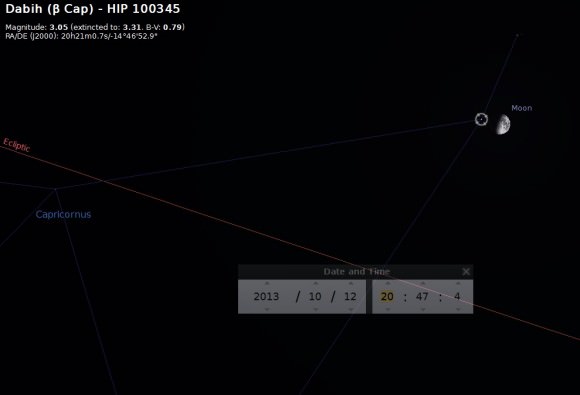
First up is the occultation of the +3.9th magnitude star Rho Sagittarii on Friday night, October 11th. Central conjunction for this occultation occurs at 00:40 Universal Time (UT) early on the morning of the 12th. The Moon will be at a 51% illuminated waxing gibbous phase, having passed First Quarter just prior to the start of the occultation at 7:02 PM EDT/23:02 UT on the 11th. The sunset terminator line at the start of the occultation will bisect the central U.S., and observers east of the Mississippi will get to witness the entire event. The southern graze line will cross Cuba and Guatemala. Note that the Moon will also pass its most southern declination for this lunation just two days prior on October 9th at 23:00 UT/7:00 PM EDT, at a declination of -19.6 degrees. This is one of the Moon’s most southern journeys for 2013, meaning that it will still ride fairly far to the south in the sky during this weekend’s occultations.
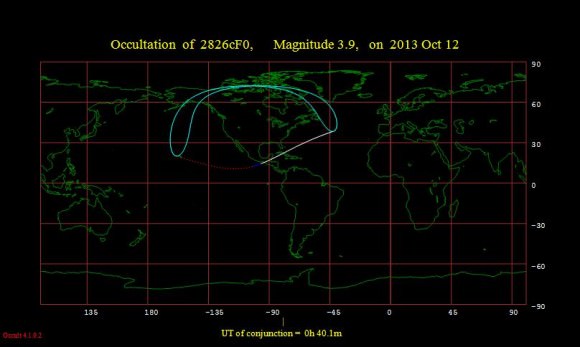
Rho Sagittarii is an F-type star 122 light years distant. Stick around until February 23rd, 2046, and you’ll get to see an even rarer treat, when the planet Venus occults the very same star. Just south of the Rho Sagittarii pair lies the region from which the Wow! Signal was detected in 1977.
The Moon moves at an average speed of just over a kilometre a second in its orbit about the Earth, and traverses roughly the apparent distance of its angular size of 30’ in one hour. The duration of occultations as seen from their center line take about an hour from ingress to egress, though its much tougher to watch a star reappear on the bright limb of the Moon!
And the night of Saturday, October 12th finds the 62% illuminated waxing gibbous Moon occulting an even brighter star across roughly the same region. The star is +3.1 magnitude Beta Capricorni, which also goes by the Arabic name of Dabih, meaning “the butcher.” Dabih is also an interesting double star with a +6th magnitude component 3.5’ away from the +3rd magnitude primary. Dabih is an easy split with binoculars, and it will be fun to watch the two components pass behind the Moon Saturday night. This occultation also occurs the night of October 12th which is traditionally Fall Astronomy Day. If you’re hosting a star party this coming Saturday night, be sure to catch the well-timed occultation of Beta Capricorni! The central conjunction for this event occurs at 01:27 UT on the morning of the 13th, and North American observers east of the Rockies will get to see the entire event.
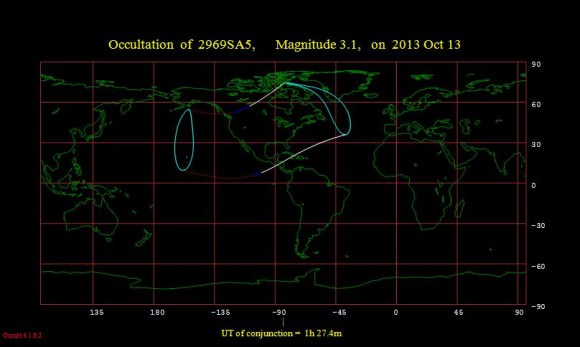
Beta Capricorni is 328 light years distant, putting the physical separation of the B component at about a third of a light year away from the primary star at 21,000 astronomical units distant. “Beta B” thus takes about 700,000 years to orbit its primary! It’s also amazing to think that those fusion-born photons took over three centuries to get here, only to be rudely “interrupted” by the bulk of our Moon in the very last second of their journey.
And be sure to keep an eye on the primary star as it winks out, as it’s a known spectroscopic triple star with unseen companions in respective 9 and 1374 day orbits. Dabih may just appear to “hang” on the jagged lunar limb as those close companions wink out in a step-wise fashion.
Both occultations are bright enough to watch with the naked eye, although a standard set of 10x 50 binoculars will provide a fine view. The ingress of an occultation is also an excellent event to catch on video, and if you’ve got WWV radio running audio in the background, you can catch the precise time that the star disappears from your locale.
Note: WWV radio is still indeed broadcasting through the ongoing U.S. government shutdown, though they’re operated by NOAA & the NIST.
The International Occultation and Timing Association is always interested in reports of occultations carried out by amateur astronomers. Not only can this reveal or refine knowledge of close double stars, but a series of occultation observations from precisely known locations can map the profile of the lunar limb.
Be sure to catch both events this U.S. Columbus Day/Canadian Thanksgiving Day weekend, and send those pics in to Universe Today!
Precise timings for the ingress and egress of each lunar occultations for major North American cities can be found at the following pages:
– Rho Sagittarii
– Beta Capricorni

